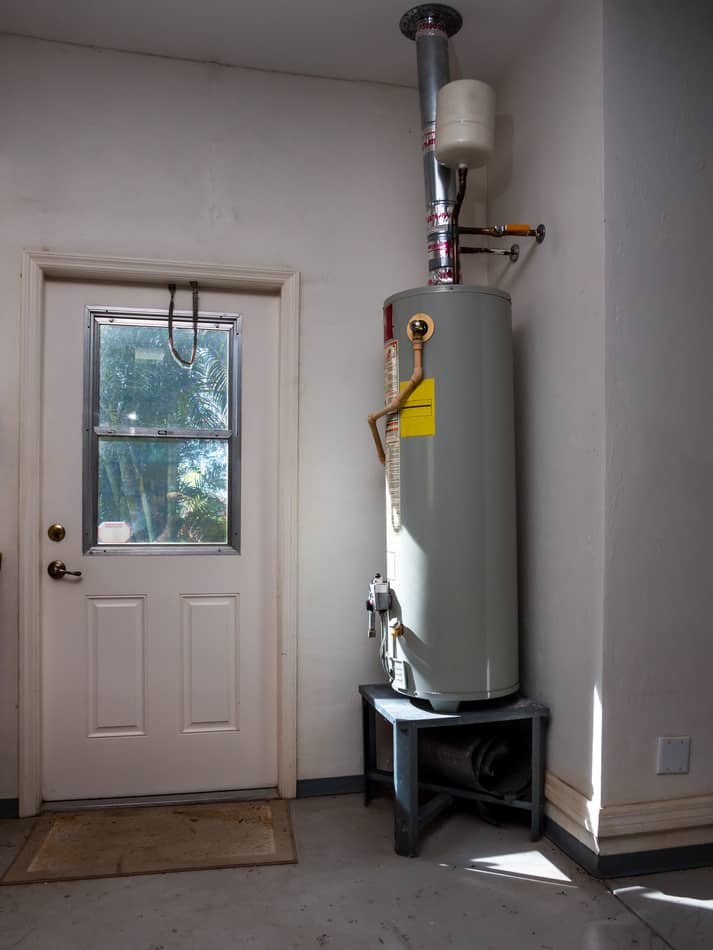What're your concepts on Water Heater Maintenance Tips You Can't Afford to Forget?

Hot water is essential for day-to-day convenience, whether it's for a rejuvenating shower or cleaning meals. To guarantee your hot water system runs efficiently and lasts much longer, regular upkeep is essential. This short article gives functional tips and understandings on how to preserve your home's hot water system to stay clear of disruptions and pricey repair work.
Intro
Maintaining your home's warm water system could seem complicated, but with a couple of straightforward steps, you can ensure it runs efficiently for many years ahead. This guide covers whatever from understanding your hot water system to do it yourself maintenance ideas and recognizing when to contact specialist aid.
Importance of Keeping Your Hot Water System
Normal upkeep not only extends the life-span of your hot water system but also ensures it operates effectively. Ignoring upkeep can bring about lowered efficiency, greater power bills, and even premature failure of the system.
Indicators Your Warm Water System Needs Upkeep
Knowing when your hot water system requires focus can prevent major problems. Keep an eye out for signs such as inconsistent water temperature, odd noises from the heating unit, or corroded water.
Recognizing Your Hot Water System
Before diving into upkeep jobs, it's handy to understand the basic elements of your warm water system. Normally, this consists of the hot water heater itself, pipes, anode rods, and temperature controls.
Regular Monthly Maintenance Tasks
Regular monthly checks can help catch minor problems before they intensify.
Purging the Hot Water Heater
Purging your hot water heater gets rid of debris build-up, boosting performance and prolonging its life.
Checking and Changing Anode Rods
Anode poles stop deterioration inside the container. Evaluating and changing them when broken is vital.
Evaluating and Readjusting Temperature Level Setups
Changing the temperature level setups makes sure ideal performance and security.
DIY Tips for Upkeep
You can do a number of maintenance tasks yourself to keep your warm water system in top condition.
Checking for Leakages
Consistently check pipes and connections for leaks, as these can lead to water damages and greater expenses.
Examining Stress Alleviation Valves
Evaluating the pressure safety valve ensures it functions correctly and avoids excessive pressure build-up.
Protecting Pipes
Insulating warm water pipelines minimizes heat loss and can save energy.
When to Call a Professional
While do it yourself upkeep is advantageous, some issues require specialist know-how.
Complex Concerns Needing Professional Aid
Instances include significant leakages, electrical issues, or if your water heater is regularly underperforming.
Regular Professional Upkeep Perks
Expert maintenance can consist of extensive evaluations, tune-ups, and making certain conformity with safety criteria.
Final thought
Normal maintenance of your home's warm water system is vital for efficiency, long life, and price savings. By following these ideas and knowing when to seek specialist help, you can make certain a reputable supply of warm water without unexpected disturbances.
How to Maintain an Instant Hot Water Heater
Before tinkering with your hot water heater, make sure that it’s not powered on. You also have to turn off the main circuit breaker and shut off the main gas line to prevent accidents. Also turn off the water valves connected to your unit to prevent water from flowing into and out of the appliance. 2. When you’re done, you have to detach the purge valves’ caps. These look like the letter “T” and are situated on either side of the water valves. Doing so will release any pressure that has accumulated inside the valves while at the same time avoid hot water from shooting out and burning your skin. 3. When the purge valves’ caps are removed, you have to connect your hosing lines to the valves. Your unit should have come with three hoses but if it didn’t, you can purchase these things from any hardware or home repair shops. You can also get them from retail stores that sell water heating systems. Read the user’s manual and follow it to complete this task properly. When the hosing lines are connected, open the purge port’s valves. 4. You should never use harsh chemical cleaners or solutions when cleaning your unit. Make use of white vinegar instead. It should be undiluted and you’ll probably use about 2 gallons. 5. Now flush your water heater. This task should probably take about 40 minutes. We can’t give you specific directions for this because the procedure is carried out depending on the type, model and brand of your heater. With that being said, refer to the user’s manual. 6. When you’re done draining the unit, you have to turn off the purge port valves again. Remove the hosing lines that you earlier installed on each of the water valves. Put the valve caps (purge port) back in their respective places and be very careful so as not to damage the rubber discs that are found inside these caps. 7. Now that everything’s back in place, check your user’s manual again to find out how to reactivate your water heating system. 8. Once it is working, turn one of your hot water faucets on just to let air pass through the heater’s water supply pipes. Leave the tap on until water flows smoothly out of it. https://www.orrplumbing.com/blog/2014/september/how-to-maintain-an-instant-hot-water-heater/

I ran across that entry on How to Maintain Your Water Heater & Prolong its Life when browsing on the internet. Are you aware of someone else who is looking into the subject? Why not promote it. I take joy in your readership.
Call Today